Train Derails into Yellowstone River in Montana
A train derailment can be a catastrophic event for people and the environment. Unfortunately, Montana has seen several train derailments in recent years. One such incident happened early on Monday, April 4, 2023, when a BNSF train derailed and plunged 50 feet into the Yellowstone River. Here’s what we know about the incident:
Cause of the Derailment

The cause of the derailment is currently under investigation by the railroad company and state agencies. But according to BNSF spokesman Gus Melonas, the accident was most likely caused by high water flows that undermined the track. The company had been monitoring the area due to high water flows. As the train was travelling at a reduced speed, it fell into the river when the ground gave way around 1:15 a.m. None of the crew members were injured in the incident.
Impact of the Derailment
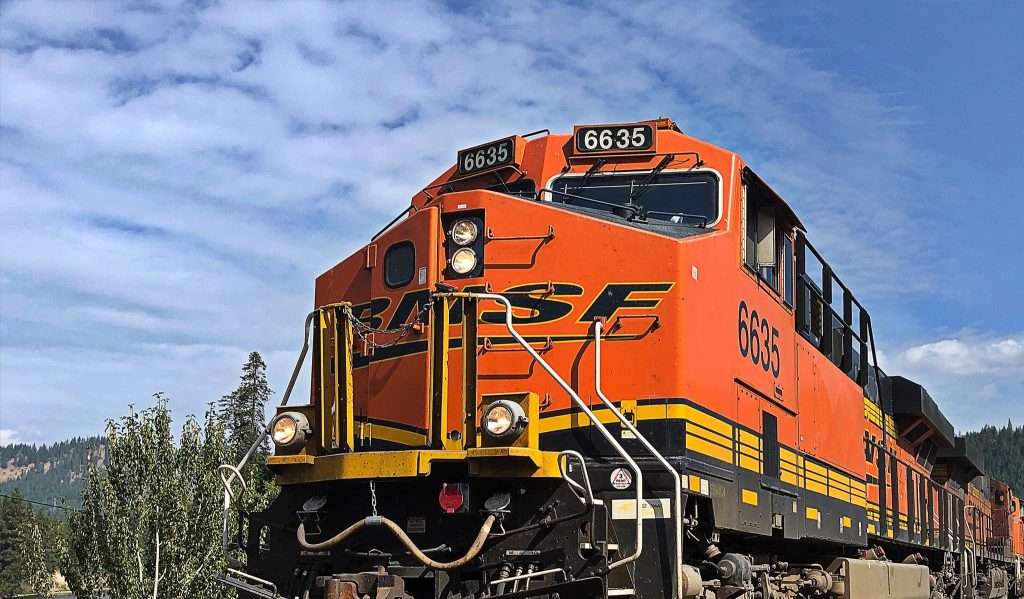
The derailment caused a significant environmental impact as an unknown amount of coal fell into the Yellowstone River. Fortunately, Montana officials believe that the coal won’t pose a threat to people or fish. The locomotive and a railcar were partially submerged in the river. By Monday evening, crews had pulled all ten of the cars and the locomotive up the bank. They also pumped about 2,500 gallons of diesel fuel from the locomotive, which was about one-third submerged.
States Response to the Accident
The state officials have responded to the incident. A special team of Montana officials is working to assess the possible environmental damage. Fortunately, the derailment had no impact on passenger traffic, but freight trains were temporarily rerouted. Governor Greg Gianforte tweeted on Sunday that he had been briefed on the derailment and was prepared to mobilize state resources if needed. Montana Sens. Steve Daines and Jon Tester also said they had been in touch with local and railroad officials about the incident.
Bridger Montana Derailment on Small Town
Another recent train derailment in Montana occurred near the small town of Bridger in south-central Montana. The incident took place on a curving portion of the track, and two fuel cars ruptured, leaking an estimated 31,000 gallons (117,000 liters) of gasoline. Hazmat responders and local authorities responded to the scene, and the situation was brought under control safely. According to the Assistant Chief for the Bridger volunteer fire department, Dillon Thomas, the situation was almost under control.
Train Derails with no Hazardous Materials Involved
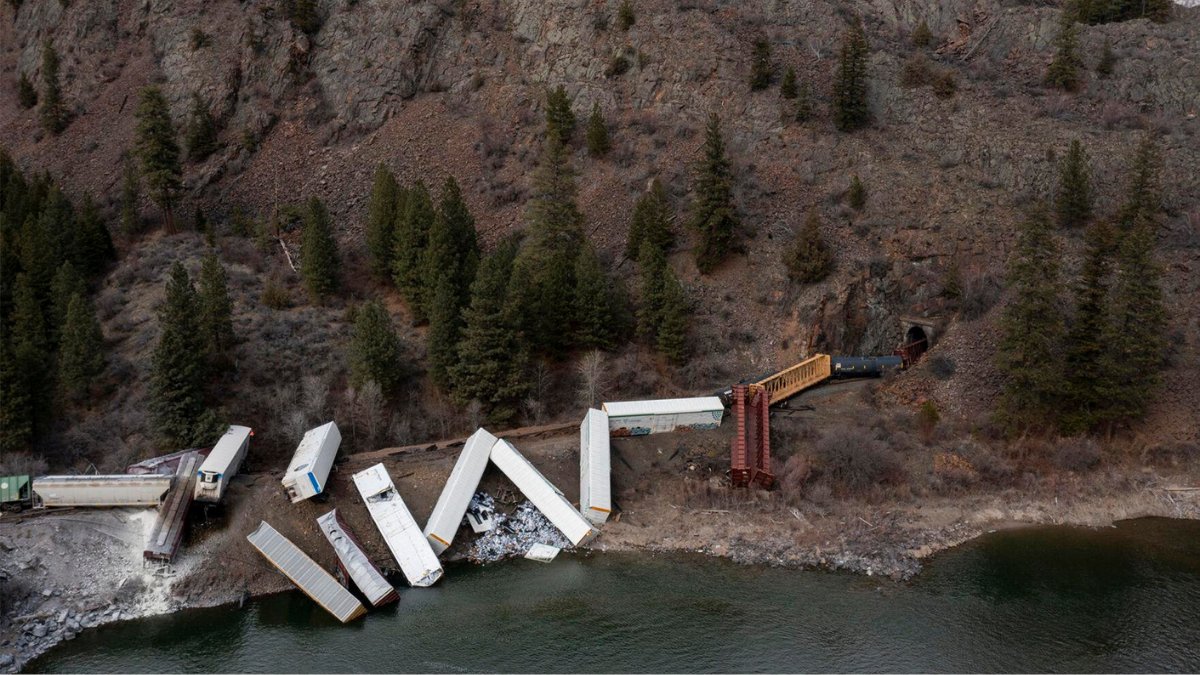
Fortunately, not all train derailments result in hazardous leaks or spills. For instance, a freight train operated by Montana Rail Link derailed along the Clark Fork river near Quinns, Montana, on Sunday morning. There were no hazardous materials involved, and none of the crew members were injured. Railroad officials have said that they are investigating the cause of the derailment.
String of Train Derailments in the US
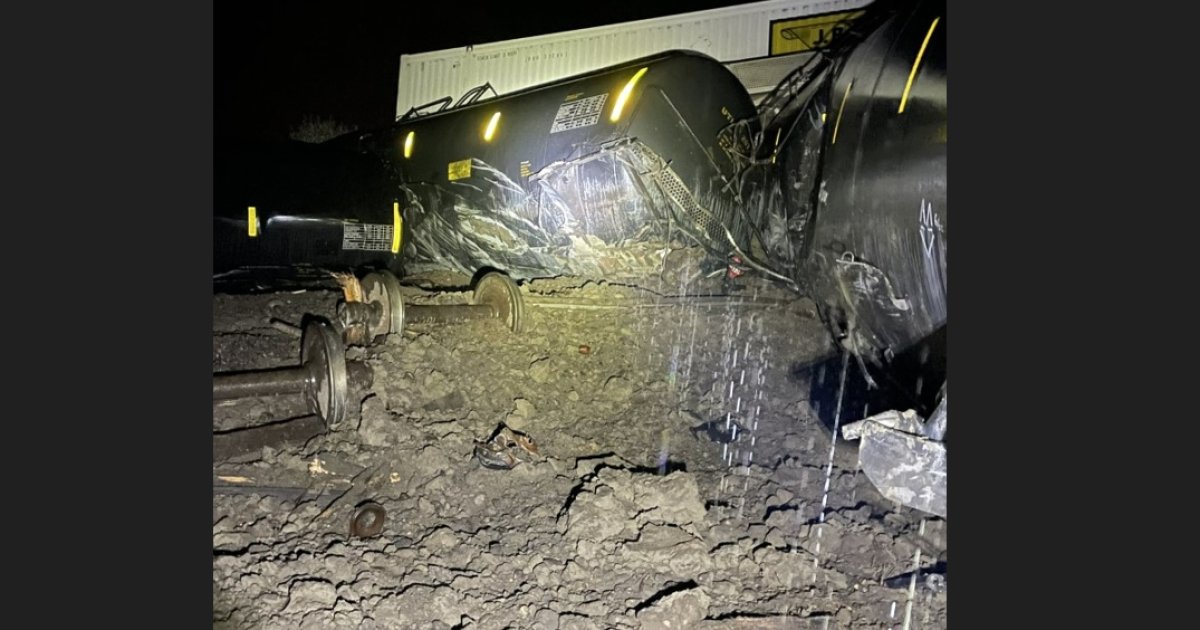
The Yellowstone River incident is just one of several train derailments that have occurred in the US in recent years. In April 2023, a massive chemical spill and fire occurred after a train derailed in Ohio. Fortunately, no one was injured in the incident, but it highlights the risks involved in transporting hazardous materials across the country. The incident also highlights the importance of increased safety measures along the rail lines.
The Aftermath of Train Derailments
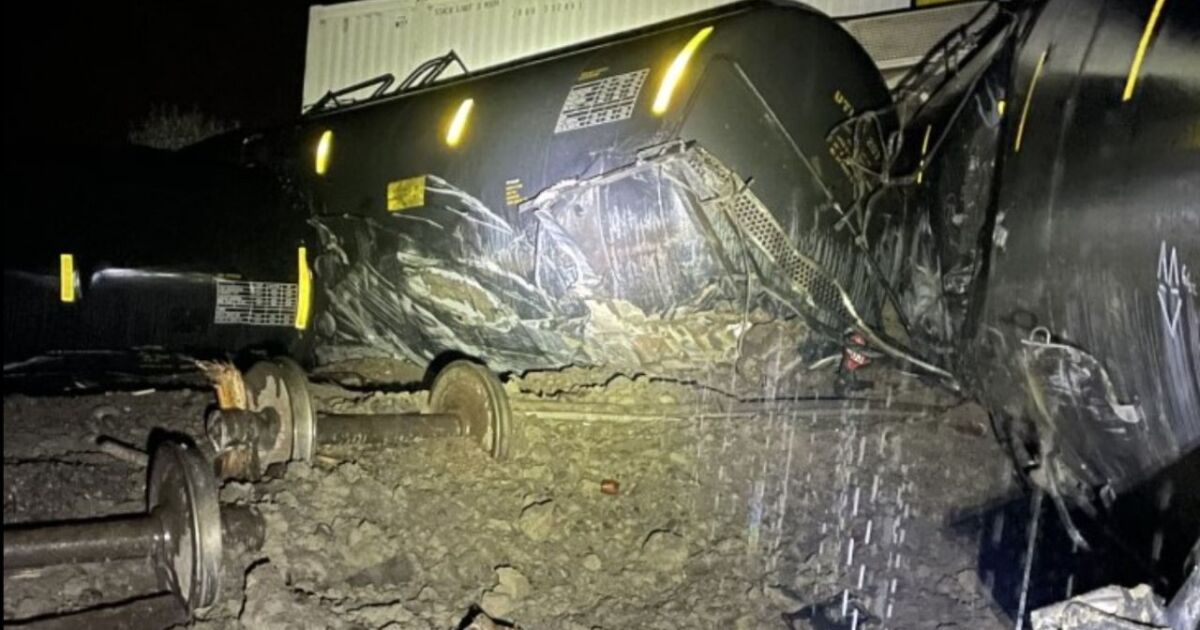
Train derailments can have lasting effects on the environment and communities. The aftermath of accidents like the Yellowstone River derailment is a long process of recovery and cleanup. Fortunately, railroad companies and state agencies have taken steps to prevent future incidents and mitigate environmental damage. But there’s still a long way to go to ensure that train travel remains a safe and reliable form of transportation.
The Need for Safer Railroads
The incidents concerning train derailment in Montana and elsewhere are a wake-up call for lawmakers and businesses alike. With increasing reports of train accidents, environmental damage and community harm, the authorities must take necessary actions to make railroads safer. Protecting communities adjacent to railways, scrutinizing safety regulations, as well as emphasizing worker training, should be prioritized. It’s the only way that train transportation can be considered a lucrative means of travel without putting human safety and environmental well-being at risk.
Conclusion
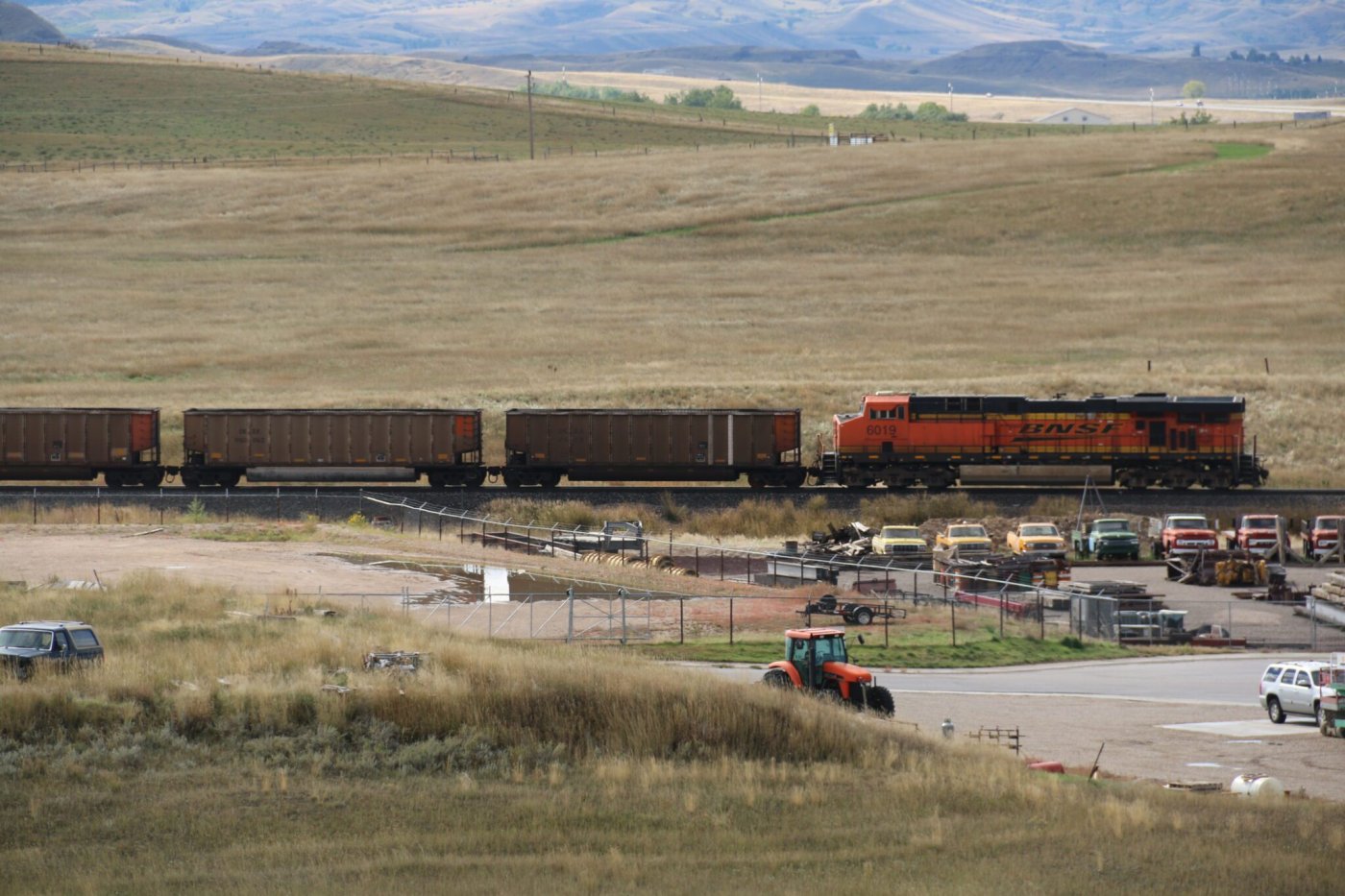
Train derailments can happen anytime and anywhere. It’s crucial that authorities take steps to prevent such mishaps, and in case it still occurs, the recovery and cleanup processes should start promptly. While it’s not possible to avoid all similar incidents, ensuring that the transportation of hazardous materials remains a safe option is vital for everyone.
5 Unique FAQs
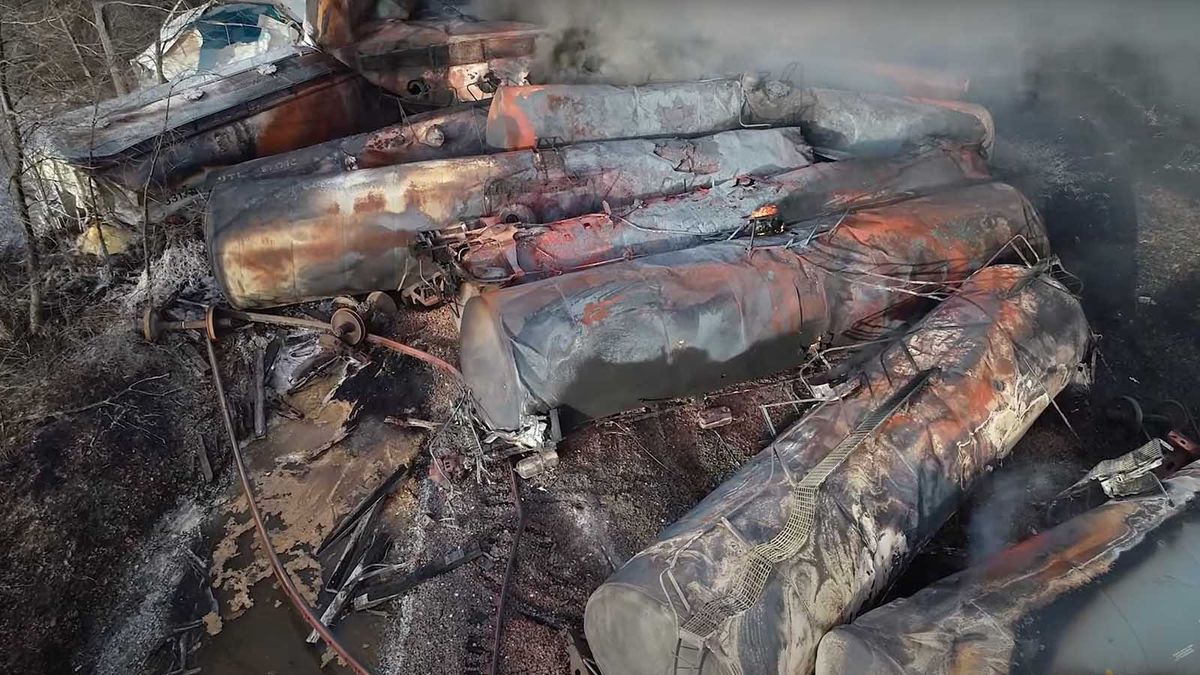
What are the environmental consequences of train derailments?
Train derailments can have significant environmental consequences. When trains carrying hazardous materials derail, it can result in oil spills, explosions, and fires. These incidents can contaminate soil and groundwater, pollute waterways, and damage wildlife habitats.
Why do train derailments happen?
Train derailments may occur due to several reasons. Some of the possible causes include human error, poor maintenance of tracks, equipment problems, weather conditions, and natural disasters, such as floods and earthquakes.
What happens to the railway crew during train derailment?
During a train derailment, railway crews are at high risk of injury or death. The impact of a train wreck can cause severe trauma, crushed limbs, or death. Fortunately, none of the crew members was injured in the Yellowstone River incident.
What measures are undertaken to ensure railway safety?
To ensure railway safety, the government and private agencies need to implement safety regulations and follow safety protocols. Inadequate security standards, lack of equipment checks, and overall maintenance can cause accidents and disasters. Ensuring that all policies are followed is critically important in maintaining railway safety.
Can train transportation still be considered safe?
Despite the incidents involving train derailments, train transportation can still be considered safe if all necessary protocols are consistently observed. It’s important to have updated safety procedures and equipment checks to ensure that train transportation remains a viable and safe option for people and goods.







